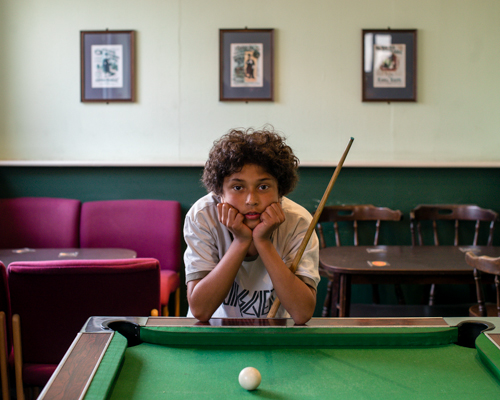For this shoot I decided to go out into our community and document those who work and wonder round the market. I think that markets are getting lost in our modern world and they seem to be getting lesser and lesser. I wanted to make my images as clear and real as possible. I like the vibrant colours showing that the market place is still very much alive with so much to see and explore. I feel like it is a world that often young people overlook and ignore.
During the summer I went round the market and made some images of those who were walking around, I also asked a couple of people that worked there if I could make images of them after explaining what it was for. Only a few people allowed me to make photos of them but the images that I was able to take I am happy with [all photos are my own].
 The images that I found the most effective were the ones with the subjects looking into the camera. I like these images as I did have to go up to these people, explain what I was doing and hope that they would be willing to contribute and be in my images for me. These image stand out because the subject is actually looking into the camera, making it more personal for the spectator. I like these images as it shows the environment surrounding the people that work in the market and shows what they do for a living. I find these images interesting to look at as there is a lot going on and a lot of different colours for you to look at. I enjoyed making these photographs and think that they look good although I do not want to progress this shoot into anything more and like it how it is. I want to find something different to explore and go more in depth on.
The images that I found the most effective were the ones with the subjects looking into the camera. I like these images as I did have to go up to these people, explain what I was doing and hope that they would be willing to contribute and be in my images for me. These image stand out because the subject is actually looking into the camera, making it more personal for the spectator. I like these images as it shows the environment surrounding the people that work in the market and shows what they do for a living. I find these images interesting to look at as there is a lot going on and a lot of different colours for you to look at. I enjoyed making these photographs and think that they look good although I do not want to progress this shoot into anything more and like it how it is. I want to find something different to explore and go more in depth on.
After venturing round the market a couple of times and making some interesting images I realised that I wasn’t that interested in this and do not want to further develop this through my study as I think it is very self explanatory and not something I feel passionate about. I think that these images tell the story however they do not provoke anything or ignite a spark. I am pleased with how these images turned out though.
More experimentation
 I think these images work well in black and white because there are so many colours going on in each image it makes it more effective. I think that these images look interesting and that the spectator will want to find out more and look at more images from the market. I really like these images and I find them a lot more interesting in black and white allowing the spectator to focus in on what is going on in the photographs rather than focusing in on the bright colours etc. I think that the reason the black and white worked so well was because there were so many different colours that stood out and made for a more interesting photo and different shades of grey and black.
I think these images work well in black and white because there are so many colours going on in each image it makes it more effective. I think that these images look interesting and that the spectator will want to find out more and look at more images from the market. I really like these images and I find them a lot more interesting in black and white allowing the spectator to focus in on what is going on in the photographs rather than focusing in on the bright colours etc. I think that the reason the black and white worked so well was because there were so many different colours that stood out and made for a more interesting photo and different shades of grey and black.









































































